- Home
- Articles
- Architectural Portfolio
- Architectral Presentation
- Inspirational Stories
- Architecture News
- Visualization
- BIM Industry
- Facade Design
- Parametric Design
- Career
- Landscape Architecture
- Construction
- Artificial Intelligence
- Sketching
- Design Softwares
- Diagrams
- Writing
- Architectural Tips
- Sustainability
- Courses
- Concept
- Technology
- History & Heritage
- Future of Architecture
- Guides & How-To
- Art & Culture
- Projects
- Interior Design
- Competitions
- Jobs
- Store
- Tools
- More
- Home
- Articles
- Architectural Portfolio
- Architectral Presentation
- Inspirational Stories
- Architecture News
- Visualization
- BIM Industry
- Facade Design
- Parametric Design
- Career
- Landscape Architecture
- Construction
- Artificial Intelligence
- Sketching
- Design Softwares
- Diagrams
- Writing
- Architectural Tips
- Sustainability
- Courses
- Concept
- Technology
- History & Heritage
- Future of Architecture
- Guides & How-To
- Art & Culture
- Projects
- Interior Design
- Competitions
- Jobs
- Store
- Tools
- More
Top Eco House Design Tips for Sustainable Construction in the USA
Discover practical eco house design tips tailored for U.S. construction! Learn how to create sustainable, energy-efficient homes with renewable energy systems, water-saving features, and non-toxic materials. From budget-friendly ideas to climate-specific solutions, this guide helps you build eco-friendly spaces that are cost-effective, environmentally conscious, and comfortable for modern living.
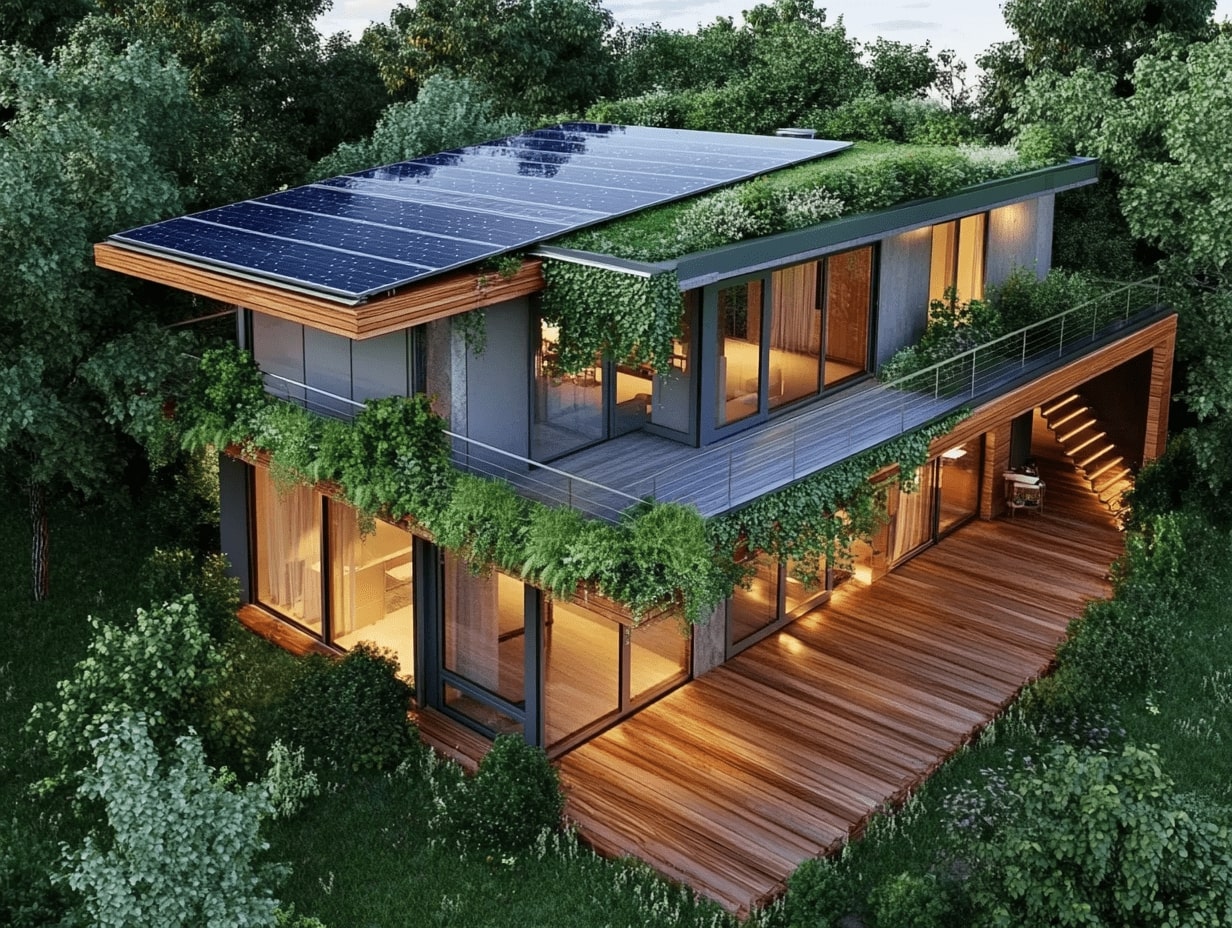
Building eco-friendly homes isn’t just a trend—it’s a smart investment in our planet and future. As we face rising energy costs and environmental challenges, designing sustainable houses has become more important than ever. For those of us in the U.S., where diverse climates and building codes vary, creating an eco house requires thoughtful planning and innovative solutions.
From energy-efficient materials to renewable energy systems, there are countless ways we can make our homes greener without sacrificing comfort or style. Whether we’re starting from scratch or upgrading an existing property, adopting eco-conscious practices not only reduces our carbon footprint but also saves money in the long run. Let’s explore practical tips to design homes that are as kind to the environment as they are to our wallets.
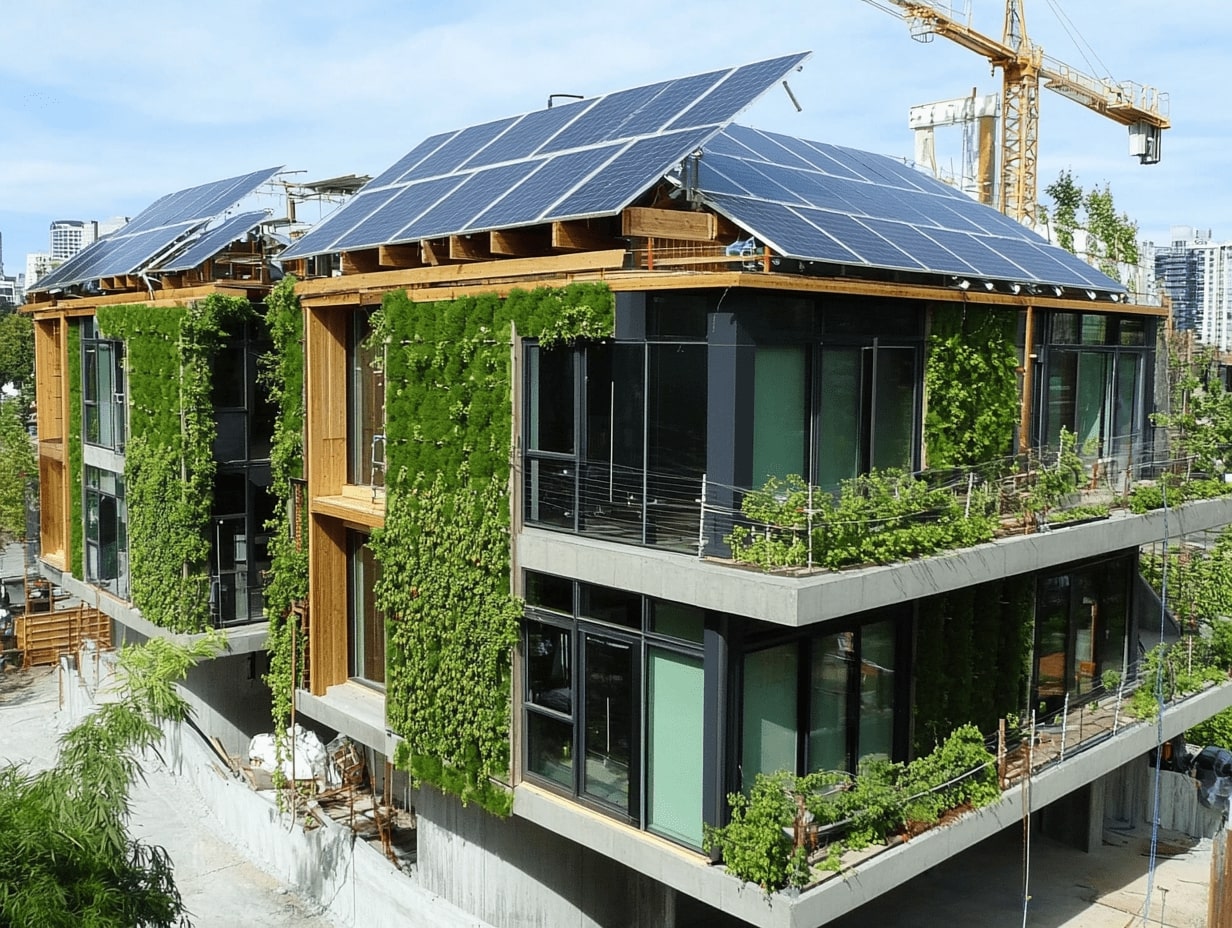
Table of Contents
ToggleUnderstanding Eco House Design
Eco house design focuses on creating homes that minimize environmental impact while maintaining comfort and functionality. These designs prioritize sustainable materials, energy efficiency, and innovative construction techniques.
What Is an Eco House?
An eco house is a residence specifically designed to reduce ecological harm. It incorporates renewable energy sources like solar panels, energy-efficient systems such as LED lighting, and sustainable materials like bamboo or reclaimed wood. Water conservation features, such as rainwater harvesting systems, are also common. The goal is to create a low-impact living space optimized for the local climate and tailored to reduce the use of non-renewable resources.
- Energy Efficiency: Eco homes use less energy with features like high-performance insulation and Energy Star appliances, cutting utility costs.
- Environmental Impact: Reducing carbon emissions through solar power or geothermal heating helps protect the environment.
- Health Improvements: Natural materials like low-VOC paints improve indoor air quality, supporting health.
- Long-Term Savings: Durable materials and efficient systems lower maintenance and operational costs over time.
- Value Increase: Eco homes often have higher resale values due to demand for sustainable living spaces.
Key Considerations for Eco House Design in the USA
Eco house design in the U.S. requires adapting to diverse climates, materials, and energy sources. Thoughtful choices can balance sustainability with comfort and cost-effectiveness.
Climate-Specific Design Tips
Designing for the regional climate optimizes energy use and comfort. In colder areas (e.g., Minnesota), prioritizing passive solar heating, high-performance insulation, and airtight construction reduces energy demand. In hotter climates (e.g., Arizona), features like cool roofing, shaded windows, and cross-ventilation improve thermal comfort while lowering cooling needs. Mixed climates (e.g., North Carolina) can benefit from adaptable systems like operable skylights or dual-purpose HVAC systems.
Local Materials and Sustainable Resources
Using locally sourced, sustainable materials reduces transportation emissions and supports regional economies. Options include reclaimed wood, bamboo flooring, and locally quarried stone. Incorporating materials with recycled content, such as composites or recycled steel, further enhances sustainability. Always verify certifications like FSC or Cradle to Cradle when selecting these materials.
Energy Efficiency and Renewable Energy Options
Prioritizing energy efficiency and renewable systems lowers utility costs and environmental impact. High-efficiency windows, Energy Star-rated appliances, and LED lighting contribute to substantial energy savings. Solar panels, geothermal heating, and wind turbines offer renewable power generation. Battery storage systems improve grid independence, particularly in regions like California with net metering incentives.

Essential Eco House Design Tips
Effective eco house design involves combining energy efficiency, water conservation, and sustainable materials to create comfortable and environmentally friendly living spaces. These ideas ensure cost savings and reduced ecological impact.
Insulation and Thermal Efficiency
High-quality insulation reduces energy usage by maintaining interior temperatures regardless of outdoor climate. Materials like cellulose, mineral wool, or recycled denim provide excellent thermal performance. Installing energy-efficient windows with low-E coatings and double or triple glazing minimizes heat loss during winter and heat gain in summer. Adding thermal breaks in building components like window frames prevents energy transfer, further improving efficiency. Passive solar design, including south-facing windows in colder climates, maximizes natural heating.
Water Conservation Strategies
Water-efficient systems lower consumption while preserving resources. Installing low-flow fixtures, such as faucets and showerheads with flow rates under 2.0 gallons per minute, achieves significant savings. Using dual-flush toilets reduces water per flush based on waste type. Incorporating rainwater harvesting systems stores water for irrigation or non-potable uses. Native landscaping reduces irrigation needs by relying on plants adapted to local climates. Greywater systems, which reuse water from sinks or showers, provide additional efficiency.
Indoor Air Quality and Non-Toxic Materials
Healthy indoor environments depend on improved air quality and safe material choices. Using non-toxic paint and finishes with zero or low volatile organic compounds (VOCs) reduces harmful emissions. Selecting formaldehyde-free composite wood products limits exposure to carcinogenic pollutants. Installing advanced ventilation systems, such as ERVs or HRVs, ensures consistent airflow and removes contaminants. Incorporating natural materials like cork or bamboo flooring improves sustainability while maintaining indoor health. Certified green building materials ensure adherence to high safety and sustainability standards.

Incorporating Smart Technology
Integrating smart technology enhances eco house functionality, optimizing energy use and reducing waste. These systems create efficient, sustainable, and comfortable living spaces.
Smart Energy Management Systems
Smart energy management systems monitor and optimize energy consumption. These include smart meters, energy monitoring apps, and home automation hubs. Smart meters track real-time energy usage, helping identify inefficiencies. Energy monitoring apps provide actionable insights by showing which appliances consume the most power. Home automation hubs integrate these systems, allowing centralized control of lights, appliances, and renewable energy sources like solar panels.
For example, integrating battery storage with solar panels ensures surplus energy is stored and utilized during non-peak hours, reducing dependency on grid power. Smart plugs and automated lighting also cut energy waste by switching off devices when not in use. These solutions improve energy efficiency and lower utility bills.
Automated Climate Control
Automated climate control maintains indoor comfort while minimizing energy use. Features such as programmable thermostats, smart HVAC systems, and automated blinds adjust temperature settings based on occupancy and weather conditions.
Programmable thermostats, like those from Nest or Ecobee, adapt to usage patterns to create both comfort and energy savings. Smart HVAC systems monitor and regulate airflow, heating, and cooling, ensuring efficient operation. Automated blinds reduce heat gain in summer and retain warmth in winter by reacting to sunlight. These technologies reduce energy waste and align with sustainable design priorities.

Overcoming Challenges in Eco House Construction
Eco house construction often presents obstacles, from budget constraints to locating skilled builders. Addressing these issues requires strategic planning and informed decision-making.
Budget-Friendly Eco Solutions
Reducing costs while maintaining sustainability can be challenging. Using reclaimed materials, such as salvaged wood or recycled steel, minimizes expenses and environmental impact. Prioritizing energy-efficient designs, like passive solar heating and cooling, lowers long-term energy costs without requiring expensive technology. Installing cost-effective options, such as low-flow fixtures for water conservation, offers sustainability without significant upfront investment.
Planning for gradual upgrades ensures affordability. For example, installing a basic solar water heater now and expanding to a full solar panel system later can balance costs over time. Tax rebates and incentives, including federal solar investment credits, further offset expenses when adopting renewable energy systems. Researching local programs maximizes these financial benefits.
Finding Qualified Eco-Friendly Builders
Securing experienced eco-friendly builders simplifies implementation but can appear challenging. Searching for contractors with certifications, such as LEED or Green Advantage, ensures expertise in sustainable practices. Local directories, like those offered by the U.S. Green Building Council, often list certified professionals in your area.
Requesting portfolios from multiple builders confirms their experience with eco home projects. Assessing past designs for elements like renewable energy integration and sustainable materials guarantees alignment with eco house goals. Establishing clear communication about project priorities, such as energy efficiency or water conservation, helps find builders aligned with your vision. Selecting contractors familiar with regional climates and building codes ensures designs that blend sustainability with compliance.
Conclusion
Eco house design in the U.S. merges energy efficiency, sustainability, and technological innovation to create homes that are both cost-effective and environmentally conscious. By incorporating strategies like high-performance insulation, renewable energy systems, water-saving fixtures, and non-toxic materials, we can significantly reduce environmental impact while enhancing indoor comfort and health.
Embracing smart technology further optimizes energy use and waste reduction, making eco houses not only sustainable but highly functional. Overcoming challenges such as budget limitations and finding skilled builders is achievable through practical approaches like using reclaimed materials, accessing tax incentives, and collaborating with certified professionals.
These efforts reflect the growing demand for responsible construction practices, helping us align financial, environmental, and lifestyle goals seamlessly.
- Eco House Design
- eco-conscious interior design
- eco-friendly building materials
- energy-efficient house construction
- environmentally friendly home designs
- Green Building Practices
- green home design tips
- LEED-certified homes
- passive house design
- renewable energy house designs
- solar energy homes
- sustainable architecture
- sustainable construction USA
- sustainable landscaping ideas
- water conservation home tips
- zero-energy home design
1 Comment
Submit your architectural projects
Follow these steps for submission your project. Submission FormLatest Posts
What are Biodomes?
Biodomes are transforming architecture by blending ecological science with advanced design to...
The Quiet Revolution of Biophilic Design
Biophilic design is reshaping homes, workplaces, and cities—backed by evidence. Learn core...
Why Legal Support Is Critical After a Serious Construction Accident
If you are dealing with a construction accident or have ever watched...
Sustainable Solutions in Contemporary Architecture: From Passive Design to Clean Energy
Sustainable solutions in contemporary architecture: a practical playbook to hit net-zero, cut...



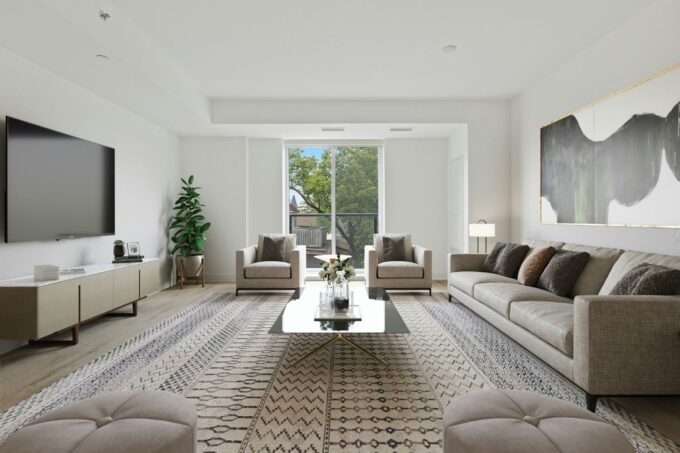


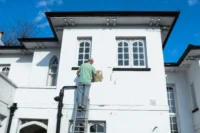
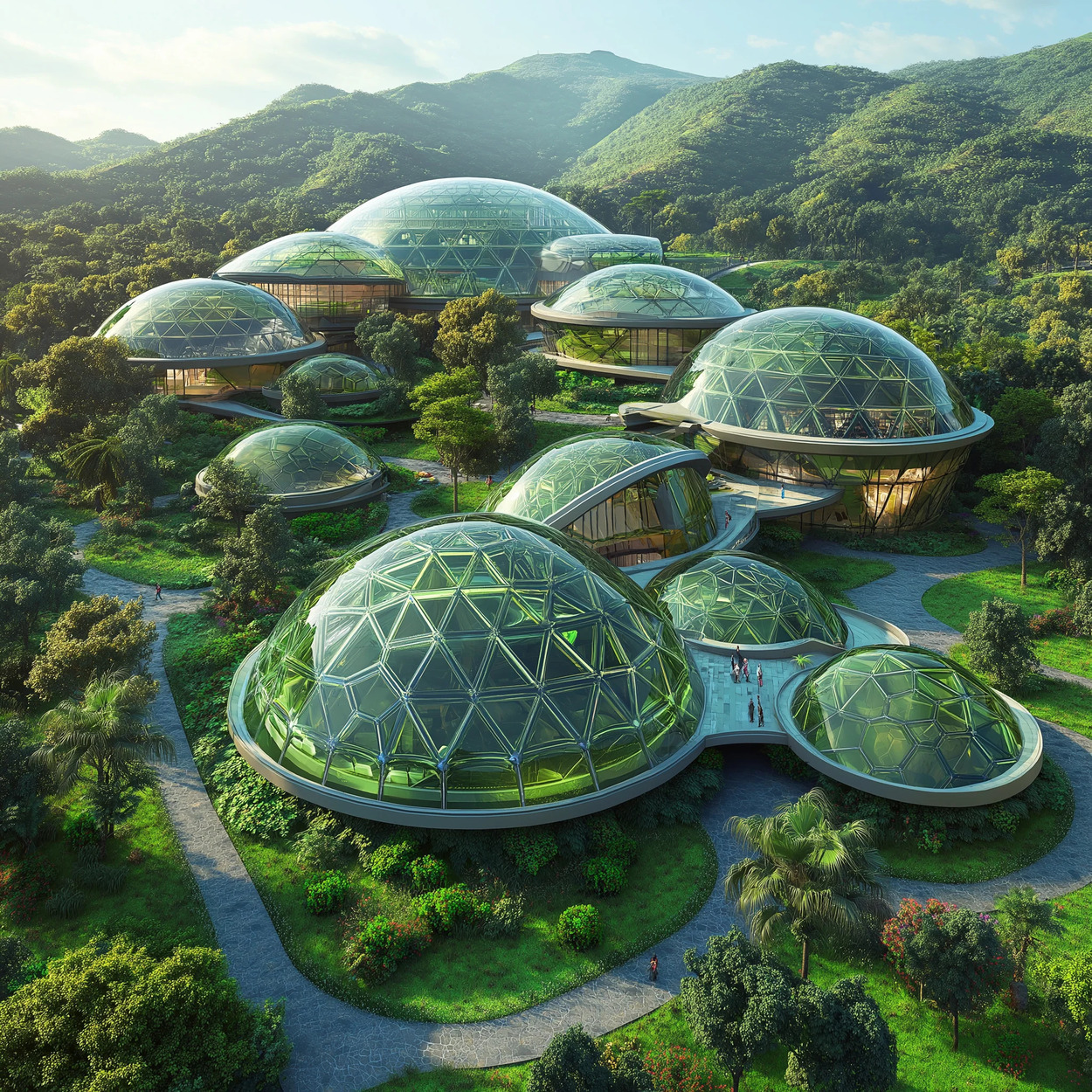
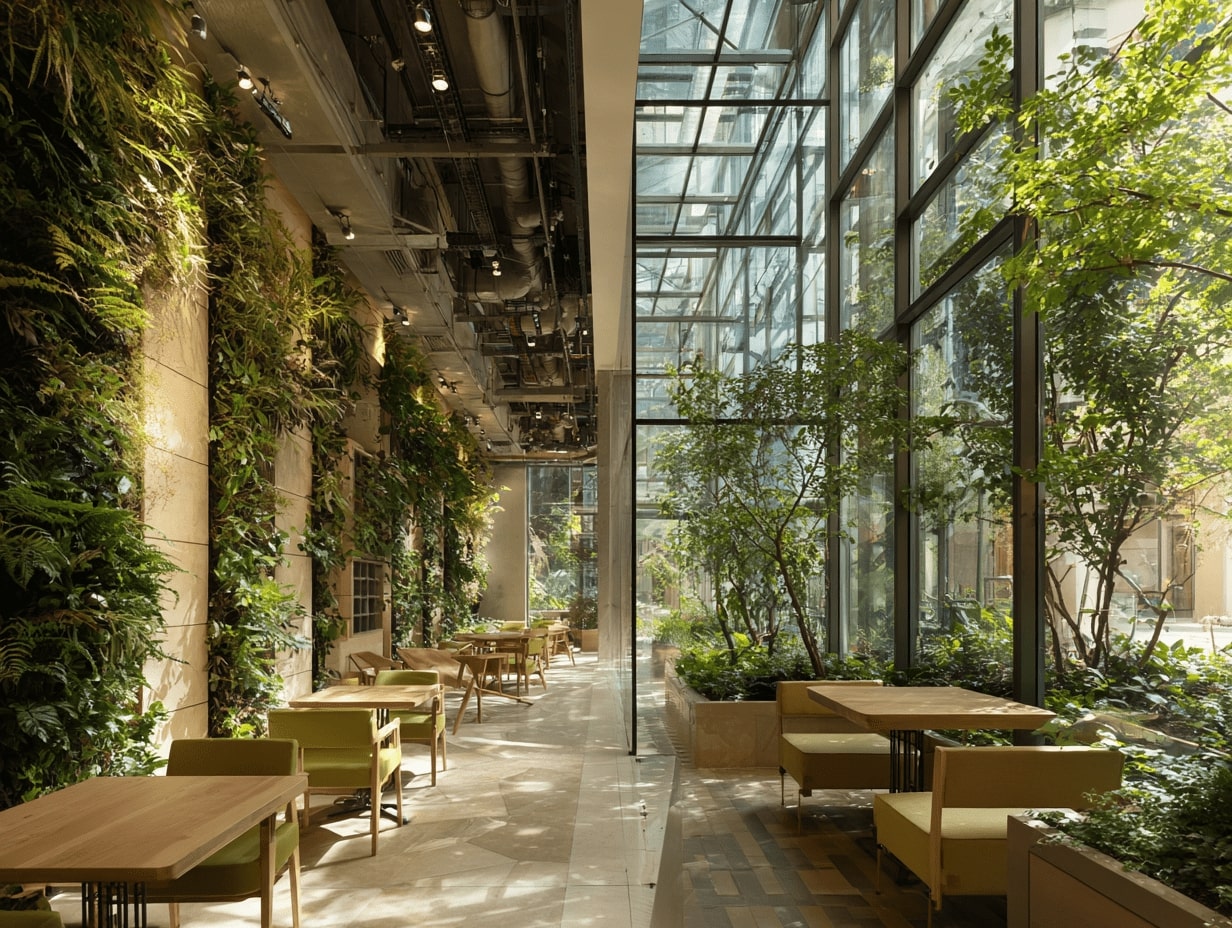

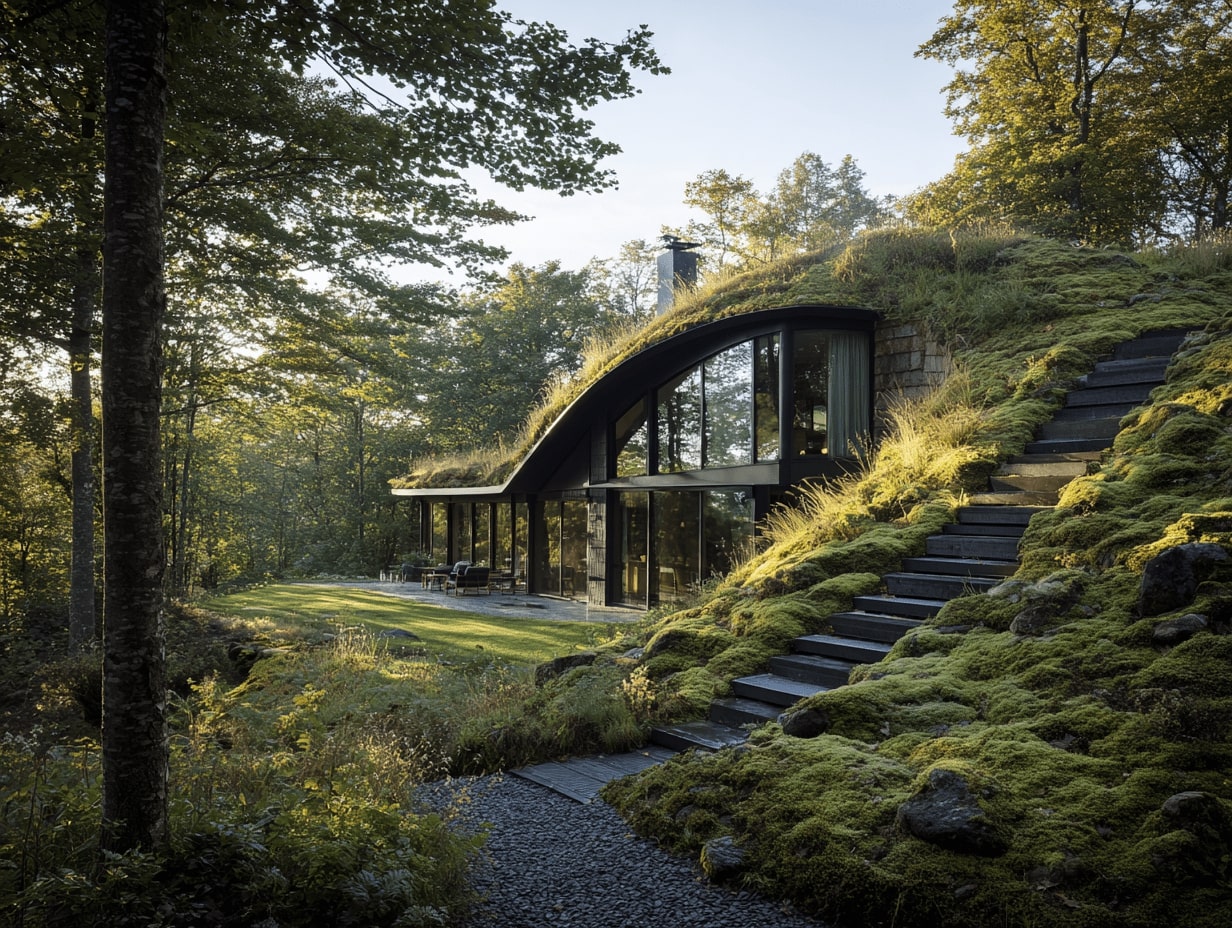
As a plumber, I often recommend considering a heat pump water heater for eco-friendly homes. Unlike traditional water heaters, heat pump models use electricity to move heat from the air into the water, making them significantly more energy-efficient. They can reduce water heating energy use by up to 60%, which lowers utility bills and minimizes your carbon footprint.